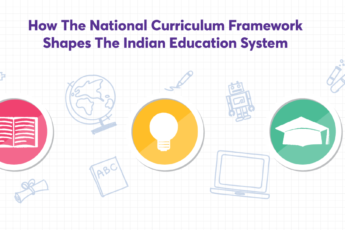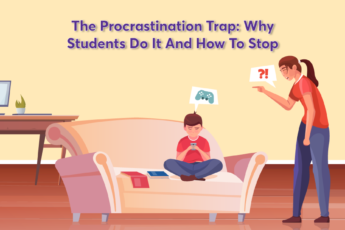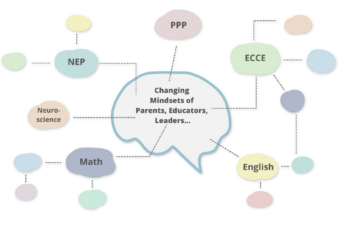Teach Your Kids The ‘Multisensory’ Way
Watch this article in video format here.

Images by RitaE, Anemone123, StockSnap, Pezibear, Alexas_Fotos from Pixabay
Sight. Sound. Smell. Touch. Taste.
Each sense unique. Each sense vital. Each sense necessary to function normally.
Now imagine any of the things you do every day–devouring a plate of piping hot noodles, watching that long-awaited movie in the theatre, playing a friendly game of cricket with the neighbourhood kids…
Did you ever notice that every one of your actions require the use of two or more senses, never just one?
You smell, see, and taste the noodles.
You see and hear the movie.
You see, hear, touch the bat and ball.
Vital to an experience individually, when combined, our senses transform a regular activity into something absolutely divine.
And yet, many traditional classrooms end up depriving their students of a multisensory experience, preferring to teach using only sight and/or sound.
‘Multisensory‘: A word to describe using more than one sense at a time, the multisensory model has also been prescribed by countless researchers as the optimal way to teach children, especially young learners in nursery and kindergarten.
*Watch Square Panda VP of Education and Research, Dr. Vera Blau-McCandliss, talk about learning using a multisensory experience here.
Multisensory process have also been shown as playing a key role in beginners learning letter-sound correspondence, both behaviourally and neurologically.
In the UK, Sir Jim Rose published his final report (2006) on ‘An Independent Review of the Teaching of Early Reading’. It affirmed that the childhood acquisition of speaking and listening skills, and phonetic knowledge, is greatly enhanced by the use of multisensory approaches.
This teaching method greatly benefits struggling readers and children with developmental abilities too, as they are assisted by multiple stimuli. Schools around the globe are gradually warming up to this style of teaching, especially in young students, but the ‘multisensory’ aspect is confined to a few subjects. Examples include singing songs, conducting science experiments, and more.
Listening to the need of the hour, Square Panda created a learning experience that greatly boosts skill level and retention…we enhanced our learning system with a multisensory phonics learning platform.

Understanding that every learner internalises information differently–some learn through touch, some though sight, and yet others though sounds–we knew we had to create a system that catered to each learner individually, as well as something that worked for everyone on a larger scale.
Meet our 45 Smart Letters™.

If their brightly coloured toy-like bodies (consonants in purple, vowels in yellow) weren’t enough, these Smart Letters have been created with food-grade plastics, making them completely safe if ingested (not that we recommend anyone munch on the letters!).
Completing the circle of ‘sensory integration’, these Smart Letters are paired with interactive educational games for children as young as 2 years of age.

Padding this already impressive early literacy program, our ‘multisensory’ approach is sure to greatly strengthen any little learner’s language acquisition and development. By providing students with multiple learning pathways, we hope to give each child a chance to succeed.
So come on and give multisensory teaching a try!
Have you tried teaching the ‘multisensory’ way? Tell us your experience with ‘multisensory’ teaching in the comment section below.
– Sanjana Shukla, Content Writer, Square Panda India




Leave a Comment